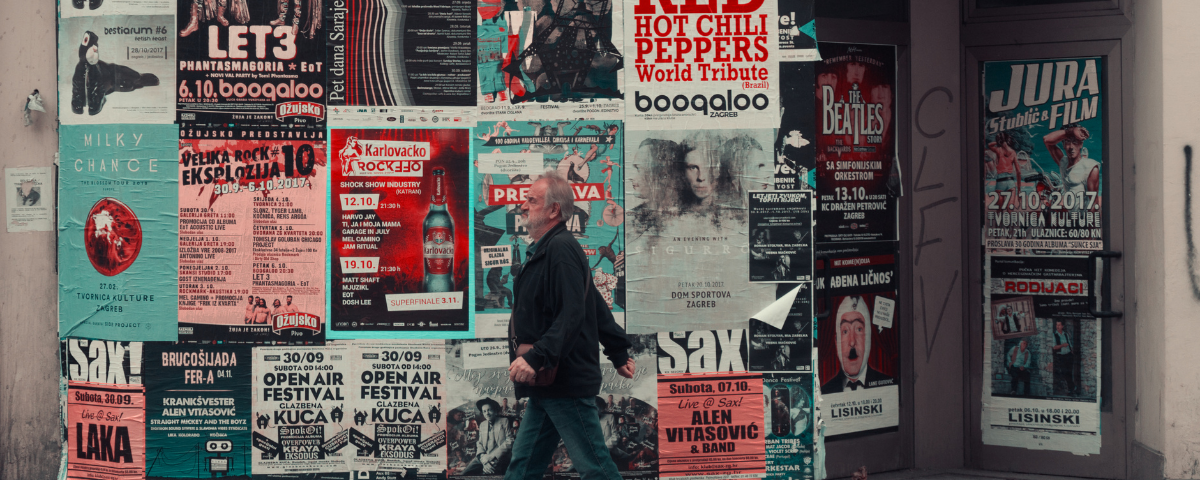One of the ironies of the past 12 months, is that after five years of constantly hearing about disruption within the industry, it actually happened. Albeit for all the wrong reasons, and certainly not in the way anyone expected.
As a business and team that works in communications across the global events sector, our entire process of supporting our clients has changed, at least for the short term. The age-old premise of any news is good news is on hold as audiences become far more sensitive to what they are being presented with. As such, we have had to adopt a different set of strategies when delivering on our clients’ objectives.
Simply creating and delivering content to raise awareness of a venue, destination, live event or brand is no longer appropriate for the current environment. In many respects, we are following what the advertising industry has also been facing; how do we continue to help sell our clients product during a global crisis and also keep those brands front of mind?
The start of the journey
In 1945, as the hope of an end to the second world war began to become a reality, advertisers started to look towards a new potential. The world was slowly emerging as a very different one to that of almost six years earlier. The colossal human and financial sacrifices that were made to achieve victory had also resulted in incredible leaps of social advancement and innovation, especially in the areas of infrastructure, medicine and technology. Any of this seem familiar?
Advertisers began to turn their attention towards how to tell their stories against the backdrop of one of incredible human loss, social limitations and enormous restrictions to personal choice. Again, anyone getting a sense of déjà vu?
Then, as today, the environment for advertisers, and communicators generally, should have been regarded as one that is quite simply at odds with itself. How do you create a message or campaign to sell a product, when the world is still trying to recover from its worst nightmare, and the simple fact that their product may not even be available to buy?
Where did they go next?
With the imminent arrival of peace, agencies began to see the future itself as the answer. A future that contained enormous pent up consumer demand. The return to freedom and prosperity was a compelling message to the public.
They were all dreaming for a future of peace. A future that was safe and full of freedom, leisure time and increased social interaction.
Advertisers began selling the future, and at the same time, placing their clients’ products and services at the very heart of that future.
What does the future look like?
As we all slowly emerge from the pandemic, we are working with clients globally to place their vision and hope for the future at the very heart of their communications strategies. The leap in technology, as during the 1940’s, has given us an obvious platform for that, but so has the way in which we have all been living and surviving for the past 12 months.
All of us who have been forced to work remotely, symbolically chained to our laptops, mobiles, televisions, headphones and radios, have all experienced the same thing; an avalanche of information. Now, I rely on information to do my job effectively. Sharing intelligence and market sentiments with our clients and stakeholders has been a vital part of our proposition over the past year, and much of it has been incredibly valuable. But much of it hasn’t. It’s just got in the way. And it’s become annoying.
How will our industry adapt?
As the events and tourism sector begins to recover, and return to its pre pandemic levels of communications activity, there is a real danger that we will see a significant increase in sales content and messaging from brands. Messaging that is essentially willing us to reconnect, and ultimately buy something. And while that’s understandable, it may not be the best growth strategy.
Placing your brand firmly in that safe and free future that we all crave and long for is definitely a good strategy. It gives you the chance to talk about the opportunity rather than the threat. It enables you to tell a story of what’s new and what’s to come, rather than what’s past. But that shouldn’t be the only approach.
With all of us emerging from that deluge of data, most consumers are looking for one simple thing – Help me solve a problem. And if you can’t help me do that, then entertain me. Major brand advertisers, with client marketing budgets that I can only dream of, have been doing this very successfully for many years.
And we need to do the same, albeit by spending less. We need to identify what our audiences’ problems or needs are and help solve and deliver them. And, if you can’t do that, just give me something that takes me out of my normal world for a couple of minutes and entertains me.
Our new future…
None of us are going back to normal. The quicker we all accept that, the quicker we can get back to creating that new future we all dream of experiencing and living. The pandemic has changed the way we have engaged and communicated with our audiences, and we need a new approach that reflects what we have all experienced and what we all hope for.
So, don’t sell me today, sell me tomorrow. And if you can’t solve my problem, at least make me smile.


